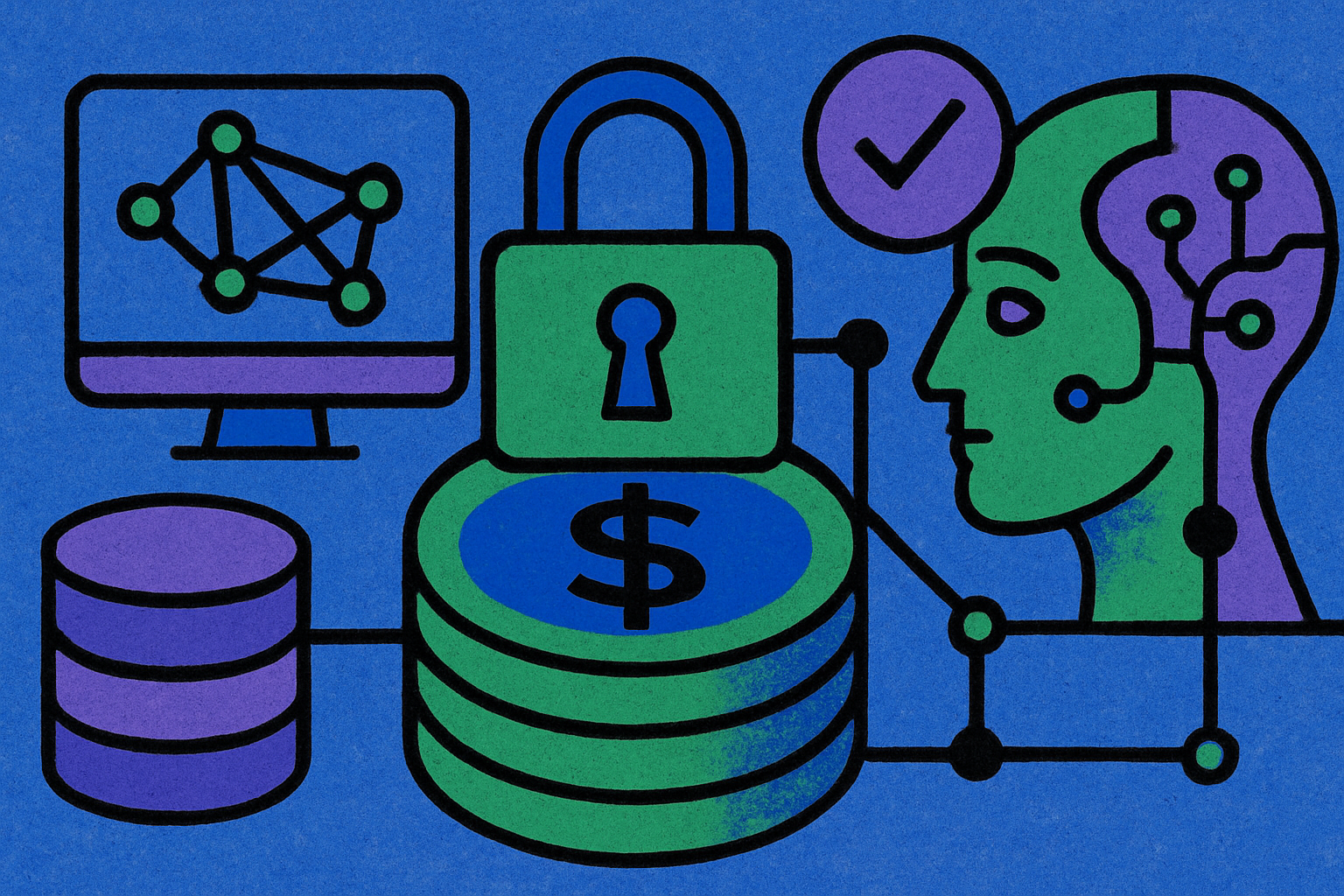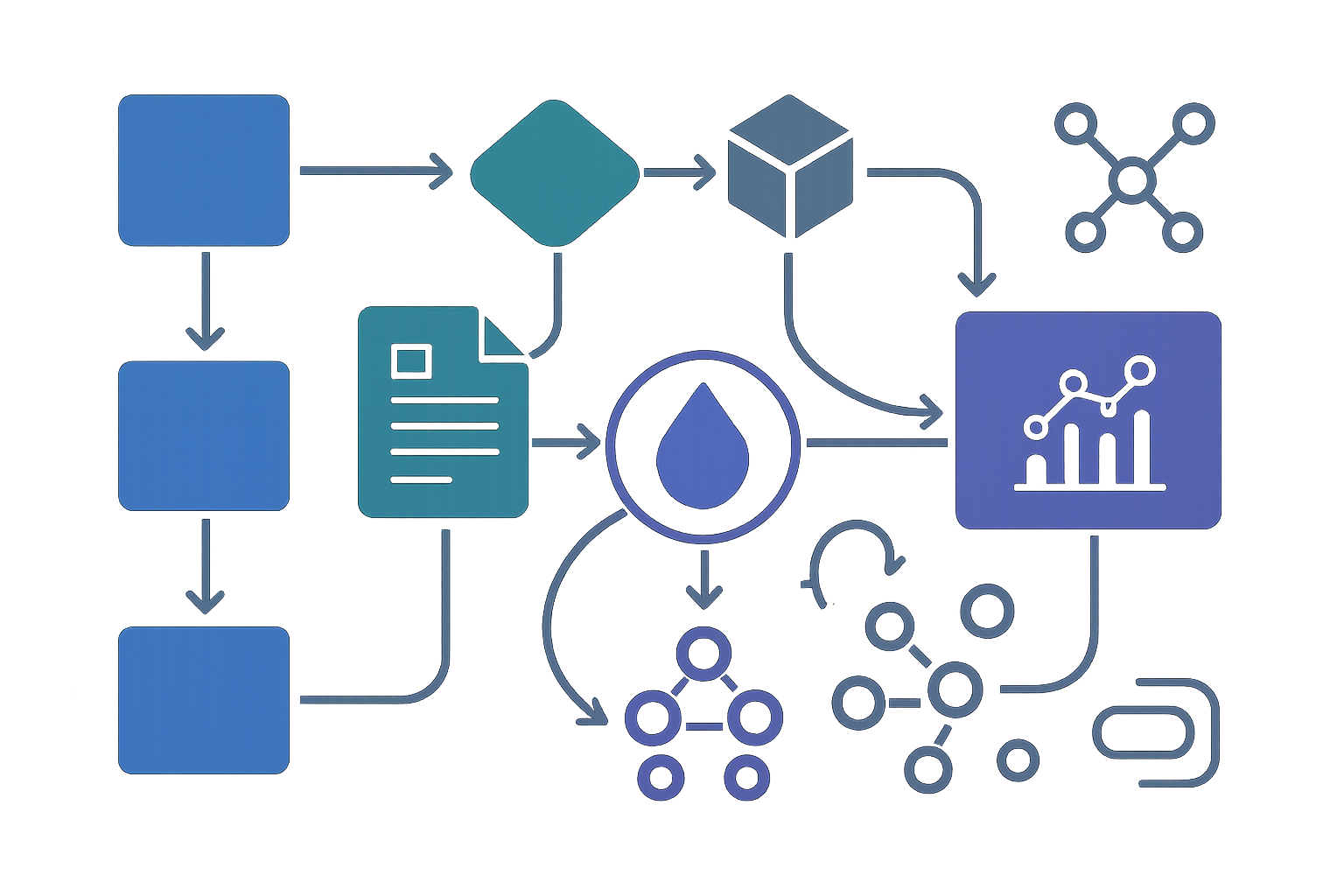
AI inference has entered an era of exponential demand, where the bottleneck is no longer just algorithms, but access to affordable, scalable compute. The traditional approach, renting GPU power from centralized cloud giants, struggles to keep pace with surging requirements and often locks out developers with prohibitive costs or inflexible contracts. Enter decentralized GPU networks: a new paradigm where idle GPUs worldwide are aggregated, tokenized, and made accessible to anyone seeking to run AI workloads at scale. This is the foundational promise of DePIN compute: Decentralized Physical Infrastructure Networks, now gaining rapid traction across the AI and blockchain sectors.

Why AI Inference Needs Decentralized Compute
The shift in AI from research to real-world deployment has magnified the need for scalable AI inference networks. Large language models, real-time computer vision, and generative AI applications all require vast pools of GPU resources. Centralized providers like AWS, Azure, and Google Cloud offer performance, but at a cost: pricing volatility, vendor lock-in, and opaque resource allocation. Even more critically, these platforms are unable to tap into the millions of idle GPUs sitting in data centers, gaming rigs, and edge devices around the globe.
DePIN compute networks flip this model. By leveraging blockchain-based coordination, these platforms facilitate a permissionless marketplace where anyone can contribute or rent GPU power. This not only democratizes access but also drives down costs, sometimes by as much as 70% compared to legacy clouds. Projects like io. net, Akash Network, and Nosana are already proving that distributed AI infrastructure can deliver both scale and economic efficiency. For an in-depth look at how decentralized GPU networks are transforming costs and accessibility, see this analysis.
The Rise of Tokenized GPU Marketplaces
One of the most significant innovations in this space is the tokenization of physical GPU assets. The USD. AI stablecoin protocol exemplifies this approach: crypto investors lend stablecoins to purchase Nvidia GPUs, which are then tokenized as NFTs and deployed in insured data centers. The revenue generated by renting these GPUs for AI inference is distributed back to lenders, with reported yields between 13, 17%: substantially higher than traditional fixed-income investments. This model not only unlocks new capital flows into the AI hardware market but also aligns incentives across investors, hardware operators, and AI developers.
Other networks like Nosana and Aethir are building similar tokenized ecosystems. Nosana’s decentralized GPU grid on Solana allows users to contribute idle compute and earn $NOS tokens, while Aethir operates a decentralized GPU cloud valued at over $400 million with a 97.61% uptime, serving more than 150 enterprise clients. These systems create a virtuous cycle: as more hardware is onboarded, network capacity grows, prices fall, and access improves for developers worldwide.
Security, Verifiability, and Trust in Distributed AI Inference
With decentralization comes new challenges: how can developers trust that their workloads are executed correctly on third-party hardware? Solutions are emerging at both the protocol and application layers. For instance, partnerships like iExec x AethirCloud integrate Trusted Execution Environments (TEEs) to ensure secure and verifiable computation. Meanwhile, frameworks such as AI Pulse’s GDePIN model enable individuals and organizations to monetize unused GPU power while maintaining cryptographic guarantees about task execution.
This focus on verifiable AI computation is not just a technical nuance, it’s essential for enterprise adoption and regulatory compliance. As decentralized GPU networks mature, expect to see further integration of zero-knowledge proofs and attestation protocols that provide confidence for mission-critical AI inference workloads.
The momentum behind decentralized GPU networks is not merely theoretical, it is being validated by the rapid onboarding of enterprise customers, the deployment of large-scale AI inference workloads, and the emergence of robust on-chain incentive mechanisms. The distributed AI infrastructure model is now a credible alternative to centralized cloud, offering a unique blend of cost efficiency, flexibility, and resilience.
Real-World Impact: From Cloud Gaming to Enterprise AI
The practical implications of DePIN compute extend far beyond AI research labs. Cloud gaming platforms are leveraging decentralized GPU clouds to provide low-latency rendering and streaming at global scale. Enterprise AI teams are running inference on distributed networks like Aethir and Gensyn AI, reducing operational costs while maintaining high availability. Even startups with limited budgets can now access top-tier hardware, such as H100 GPUs, without upfront capital expenditure or long-term contracts.
What’s particularly notable is the diversity of use cases emerging on these networks. Real-time video analytics, generative design, autonomous vehicle simulation, and decentralized LLM inference are all benefiting from the elasticity and permissionless access that DePIN compute offers. For a deeper dive into how decentralized LLM inference is reshaping AI compute, explore this deep-dive analysis.
Economic Incentives and Network Effects
At the heart of this transformation are crypto-powered compute incentives. Token rewards for hardware contributors, NFT-based asset tracking, and decentralized governance models are aligning interests across the ecosystem. As more users contribute idle GPUs, and as developers flock to lower-cost, high-availability compute, network effects accelerate. This virtuous cycle is already visible in the explosive growth of projects like io. net and Nosana.
For investors, DePIN represents a novel asset class: exposure to real-world compute demand via blockchain-native financial products. For developers and enterprises, it means unprecedented agility in deploying and scaling AI solutions. The result is a more open, dynamic market for AI infrastructure, one that is less vulnerable to vendor lock-in and supply chain shocks.
Challenges Ahead and the Road to Mainstream Adoption
Despite these advances, several hurdles remain. Interoperability between networks is still in its infancy, and standards for workload verification are evolving. Regulatory clarity around tokenized hardware assets and cross-border data flows will be essential for institutional adoption. Furthermore, user experience, onboarding contributors and managing jobs across distributed networks, must continue to improve if DePIN is to reach mainstream AI teams.
Yet the trajectory is clear: as technical and regulatory challenges are addressed, decentralized GPU networks are poised to capture a significant share of the AI compute market. The pace of innovation in verifiable AI computation and tokenized infrastructure suggests that what was once considered an experimental model is rapidly becoming best practice for scalable AI workloads.
For those building or investing at the intersection of AI and crypto, monitoring the evolution of DePIN compute is no longer optional, it’s essential. The coming years will be defined by the protocols and marketplaces that succeed in making distributed GPU power as reliable and accessible as today’s cloud giants. The shift has begun; those who adapt early will shape the next era of AI infrastructure.






